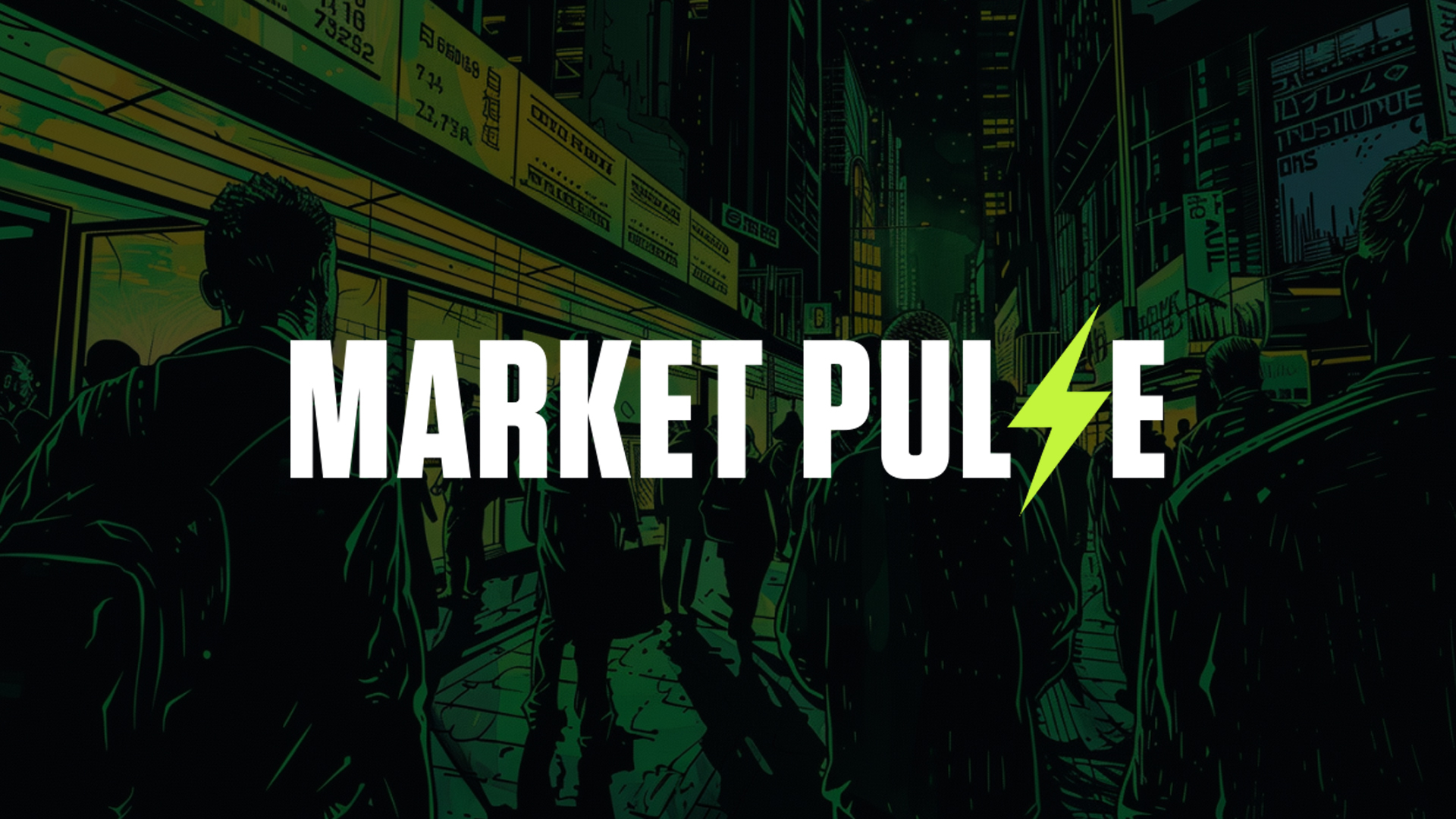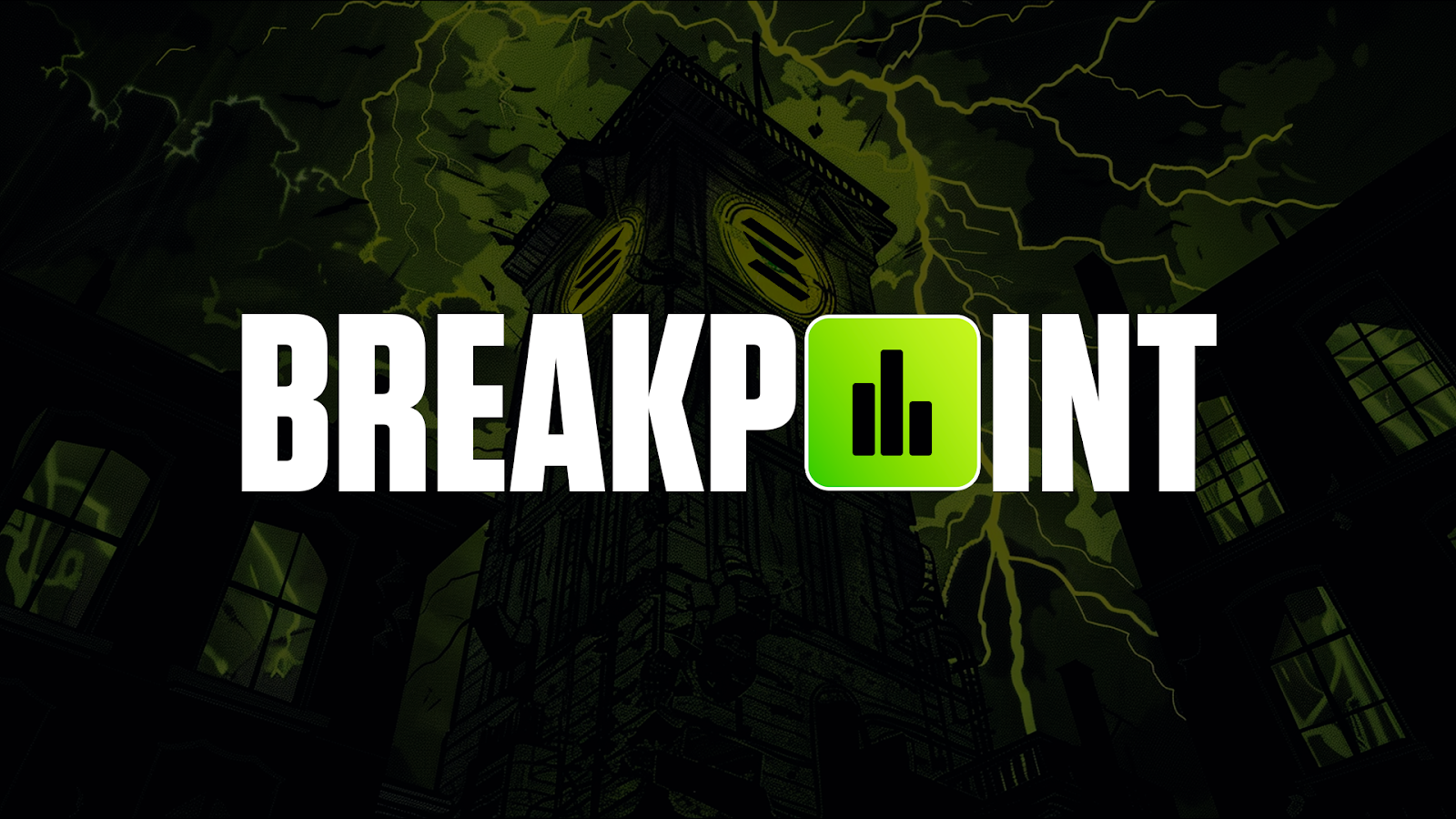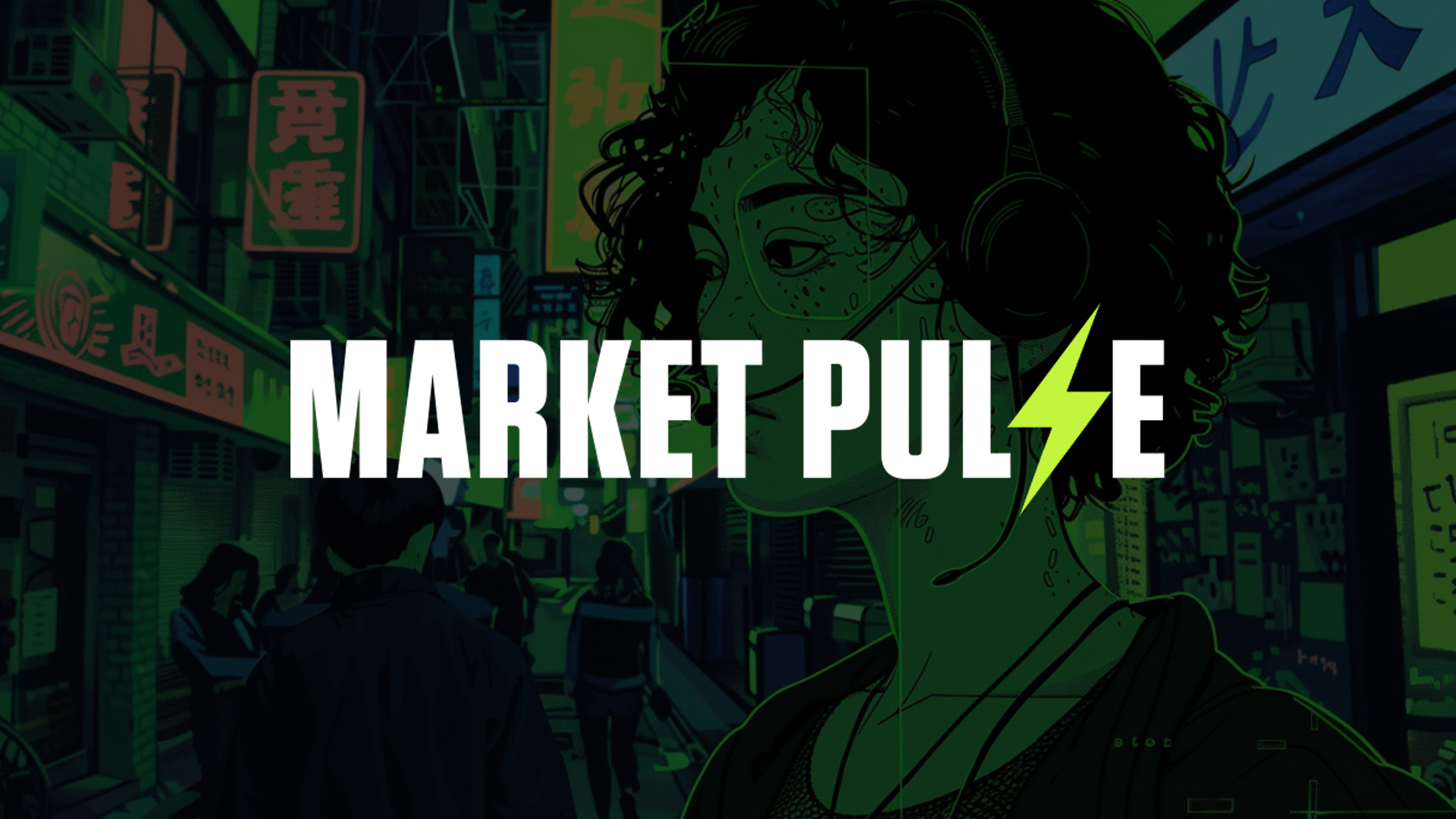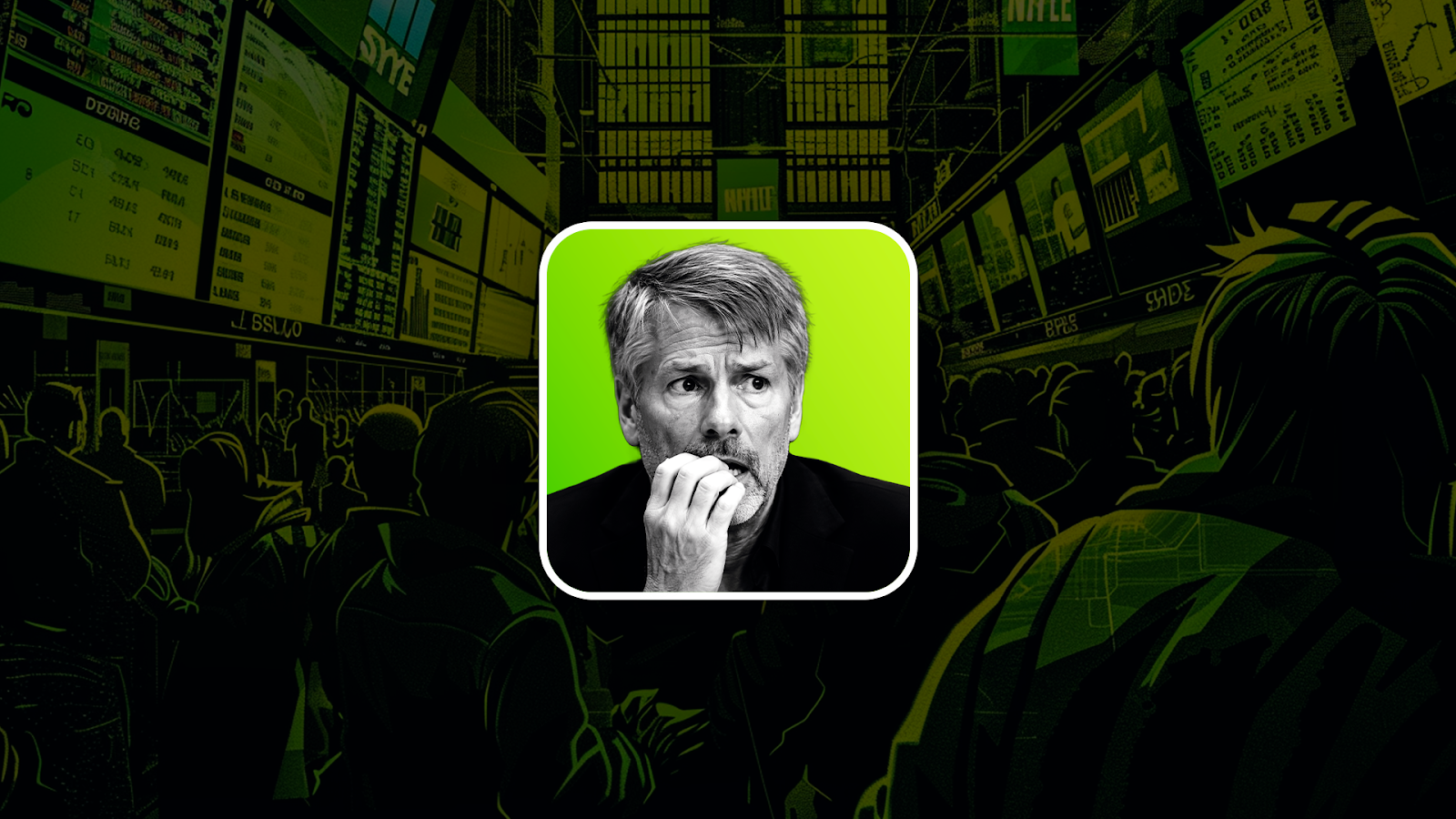Module 11: Cross-Chain Communications
Cross-chain technology is reshaping the fragmented landscape of blockchain networks, enabling seamless cross-chain communications and asset exchange across diverse platforms. Here’s how...

What is cross-chain interoperability?
Put simply, cross-chain interoperability in crypto refers to the ability of different blockchains to communicate and exchange information/assets.Right now, there are lots of blockchains out there, but few of them can interact or communicate with one another.
Imagine you had an iPhone but couldn't call someone who had a Samsung. This is an example of a lack of interoperability. Interoperability is when two (or more) different products or systems can interact and operate with each other.
Moving crypto between different blockchains isn’t simple. For example, we have $1000 worth of USDC (a stablecoin) in an Ethereum wallet. If we wanted to use products/DApps (decentralised applications) on Solana (a different blockchain), we can’t immediately move that USDC from Ethereum to Solana as they are two different blockchains with different token standards (rules determined by the token’s native blockchain).
The cross-chain problem hinders the development of DeFi (decentralised finance) and makes adoption difficult (because it increases the complexity of using crypto). For blockchain technology to be adopted on a global scale, the entire system must function as a well-oiled machine. It must be better than the current financial system. However, the system currently works like a fleet of well-oiled machines that all do a similar job, but use different spare parts, different fuel, different wheels, etc.
Liquidity fragmentation
Liquidity in crypto refers to the ease with which a crypto can be converted to another crypto or cash. In crypto, liquidity is ‘fragmented’ or divided across a large number of blockchains. This means that the entirety of DeFi and economic activity within crypto is essentially isolated on separate blockchains.At the very basic level, assets and tokens should be available to anyone who wants them without having to jump hurdles. Equally, exchanges and other DeFi products shouldn’t have to build new infrastructure to interact with users on other chains.
McDonald’s doesn’t need to build a whole new payment network in order to open a restaurant in a country that uses a different currency.
Crypto wallets, DEXs (decentralised exchanges), lending protocols, etc. are already difficult enough for beginners to navigate without the additional problem of having to learn it all again on another blockchain. Transacting between different crypto ecosystems should be as easy as it is in traditional fiat markets. But it isn’t – for now.
The solution
There is no “one-size-fits-all” blockchain which offers every conceivable use case or product. Different blockchains offer different things. So how can we move our crypto between different blockchains to use the different products available on different blockchains?Cross-chain technology seeks to improve this ‘interoperability’ or interconnection between different blockchain networks and offer user-friendly solutions. This technology is a fundamental pillar in the growth of crypto.
Liquidity Pool model
Automated Market Makers (AMMs) have created many decentralised alternatives to centralised exchanges, such as Binance and Kraken.AMMs do not require a centralised entity to facilitate the buying and selling of assets, they’re completely decentralised and don’t require any oversight.
Here’s how AMMs work:
There is a liquidity pool (a pool of crypto assets) containing 2 tokens, for example: token A and token B.
- This pool is funded by ‘Liquidity Providers’ who deposit their funds into the pool—half token A and half token B.
- A user is looking to swap an amount of token B for an equal value of token A.
- The user connects their wallet, and Token B is deposited, allowing Token A to be withdrawn.
- For the service that has been provided, the user is charged a transaction fee, which the Liquidity Providers receive as a reward and incentive to keep their assets in the pool.
- The ratio of the assets in the pool determines the relative value of the assets.
Want to swap some ERC-20 USDC for ETH? (ERC-20 is Ethereum’s token standard). Great! SushiSwap (a decentralised exchange) can facilitate that.
Want to swap BNB (Binance Coin) for ETH? Errr – you’ll have to look elsewhere. ETH cannot exist as an ERC-20 token anywhere other than the Ethereum blockchain. The same is true for any other native asset.
When transacting between different blockchains, there must be an intermediary that can communicate with both the initial and destination chains. Recording the transfer of wealth between chains is just as critical as recording any transaction on a single chain.
THORChain is a platform that allows users to swap between different native assets. This means that users can swap BTC to ETH, BTC to LTC (Litecoin), BTC to BNB, ETH to BNB, AVAX (Avalanche) to BTC, etc.
Any supported asset can be swapped for any other supported asset. THORChain works in the same way as the Automated Market Maker (AMM) method we discussed above, but with a few extra steps.
Note: When using a multi-chain DEX such as THORChain you are not moving assets between chains; you are moving value.
Synthetic model
Synthetic assets (synths) are tokenised representations (or derivatives) of the underlying asset they represent. They can represent anything: crypto assets, fiat currencies, oil, gold, etc. For example, sUSD (synthetic USD) is a derivative of USD that is pegged to the price of USD.The synthetic model uses synthetic assets and a blockchain-based database protocol to allow the minting of synths on one chain and burning on another, to move wealth between chains, essentially “teleporting” synthetic assets between chains.
Synthetix is an example of a platform that has implemented cross-chain synths.
Layer 0 models
Layer 0 ecosystems such as Polkadot and Cosmos partly resolve the interoperability issue.They allow for messages to be passed between chains built using their infrastructure, but this is limited to their respective ecosystems.
Layer 0 protocols allow Layer 1 blockchains to be built on top of them. Polkadot, for example, is attempting to build a community of blockchains that all share the same network while achieving different goals. Any project can create a specialised blockchain that suits its needs, while having a seamless link to other blockchains on the Polkadot network, as well as other external ecosystems like Ethereum.
The Layer 0 format is excellent for developers, but also for the end-user because any asset can be used on any of the Layer 1 blockchains built within that ecosystem, partly solving the cross-chain communications issue.
Bridge models
Cross-chain ‘bridges’ are the most commonly used method of moving assets between chains. They allow users to send their assets from one chain to another.However, in most cases, assets can only exist on their native chain because of token standards (rules set by the native blockchain). So, there needs to be a way to represent the asset sent across the bridge on the new destination chain.
Most bridges achieve this by depositing the native asset on one side (into a kind of digital vault) and minting what’s known as a ‘wrapped asset’ on the other.
Wrapped tokens allow native tokens to be represented and used on different chains (other than the native chain). The wrapped token has the same value as the underlying asset on the native chain, as it is backed exactly 1:1.
Native BTC cannot be used on Ethereum because it does not exist. To get around this, WBTC (Wrapped BTC) was created as a solution—a representation of Bitcoin on the Ethereum network. To mint WBTC, native BTC must be held “somewhere” in order to maintain a 1:1 value and ensure that WBTC can always be redeemed for BTC.
The same is true for any wrapped asset—they are merely representations, not the real thing. For most intents and purposes, however, they are effectively an I.O.U. receipt, like when traditional currency was redeemable for gold or other precious metals.
That’s essentially what a wrapped asset is: WBTC is a banknote, and BTC is the gold.
Note that the minting (creating) and burning (destroying) of wrapped assets, as well as the custody of the underlying asset, is (for the most part) highly centralised. This represents a security risk for most bridges, and we have seen many bridges exploited because of this centralised aspect.
Combined models
Synapse Protocol is a cross-chain communications solution that uses a combination of bridges, AMMs (Automated Market Makers), and an inter-chain infrastructure. It aims to enable communication or interoperability between compatible blockchains.The Synapse bridge allows users to move crypto assets between Ethereum and Ethereum Layer 2 blockchains and other Layer 1s.
Synapse also offers a cross-chain messaging system that allows applications to send data across chains. This means that an activity carried out (through Synapse) on Ethereum, for example, is also valid on any of the other chains supported by Synapse. An example of this would be a user taking out a loan on an Ethereum application, moving the loaned assets to another blockchain, such as Binance Smart Chain (BSC), and being able to pay that loan back on BSC without having to move it back to Ethereum first.
Thanks to cross-chain messaging, applications can tap into liquidity across multiple chains, solving the massive liquidity fragmentation issue.
Cross-chain communications protocols are forging a future where blockchain boundaries blur, opening up boundless possibilities in the realm of digital assets and DeFi.
Continue reading by joining Cryptonary Pro
$997/year
Get everything you need to actively manage your portfolio and stay ahead. Ideal for investors seeking regular guidance and access to tools that help make informed decisions.
For your security, all orders are processed on a secured server.
As a Cryptonary Pro subscriber, you also get:
3X Value Guarantee - If cumulative documented upside does not reach 300% during your 12-month membership, you can request a full refund.
24/7 access to experts with 50+ years’ experience
All of our top token picks for 2025
Our latest memecoins pick with 50X potential
On hand technical analysis on any token of your choice
Weekly livestreams & ask us anything with the team
Daily insights on Macro, Mechanics, and On-chain
Curated list of top upcoming airdrops (free money)
3X Value Guarantee
If cumulative documented upside does not reach 300% during your 12-month membership, you can request a full refund.
Our track record speaks for itself
With over 2.4M tokens and widespread misinformation in crypto, we cut through the noise and consistently find winning assets.
Our track record speaks for itself
With over 2.4M tokens and widespread misinformation in crypto, we cut
through the noise and consistently find winning assets.
Frequently Asked Questions
Can I trust Cryptonary's calls?
Yes. We've consistently identified winners across multiple cycles. Bitcoin under $1,000, Ethereum under $70, Solana under $10, WIF from $0.003 to $5, PopCat from $0.004 to $2, SPX blasting past $1.70, and our latest pick has already 200X'd since June 2025. Everything is timestamped and public record.
Do I need to be an experienced trader or investor to benefit?
No. When we founded Cryptonary in 2017 the market was new to everyone. We intentionally created content that was easy to understand and actionable. That foundational principle is the crux of Cryptonary. Taking complex ideas and opportunities and presenting them in a way a 10 year old could understand.
What makes Cryptonary different from free crypto content on YouTube or Twitter?
Signal vs noise. We filter out 99.9% of garbage projects, provide data backed analysis, and have a proven track record of finding winners. Not to mention since Cryptonary's inception in 2017 we have never taken investment, sponsorship or partnership. Compare this to pretty much everyone else, no track record, and a long list of partnerships that cloud judgements.
Why is there no trial or refund policy?
We share highly sensitive, time-critical research. Once it's out, it can't be "returned." That's why membership is annual only. Crypto success takes time and commitment. If someone is not willing to invest 12 months into their future, there is no place for them at Cryptonary.
Do I get direct access to the Cryptonary team?
Yes. You will have 24/7 to the team that bought you BTC at $1,000, ETH at $70, and SOL at $10. Through our community chats, live Q&As, and member only channels, you can ask questions and interact directly with the team. Our team has over 50 years of combined experience which you can tap into every single day.
How often is content updated?
Daily. We provide real-time updates, weekly reports, emergency alerts, and live Q&As when the markets move fast. In crypto, the market moves fast, in Cryptonary, we move faster.
How does the 3X Value Guarantee work?
We stand behind the value of our research. If the documented upside from our published research during your 12-month membership does not exceed three times (3X) the annual subscription cost, you can request a full refund. Historical context: In every completed market cycle since 2017, cumulative documented upside has exceeded 10X this threshold.



















